TikTok’s Uncertain Future: Still Banned on US App Stores After Trump’s Executive Order The world’s largest short-form video-sharing platform, TikTok, has been stuck in limbo since the Trump administration issued an executive order to ban the app in the United States. It’s been over a year since the ban was first proposed, and yet, TikTok remains absent from US app stores, leaving millions of users in the dark. The drama continues to unfold, with no clear resolution in sight. In this article, we’ll delve into the details of the Trump executive order, the current state of TikTok’s availability, and what this means for the future of the popular social media platform in the United States. Let’s dive in and explore the latest developments surrounding TikTok’s uncertain fate in the US.
The TikTok Ban: What We Know and What’s Next
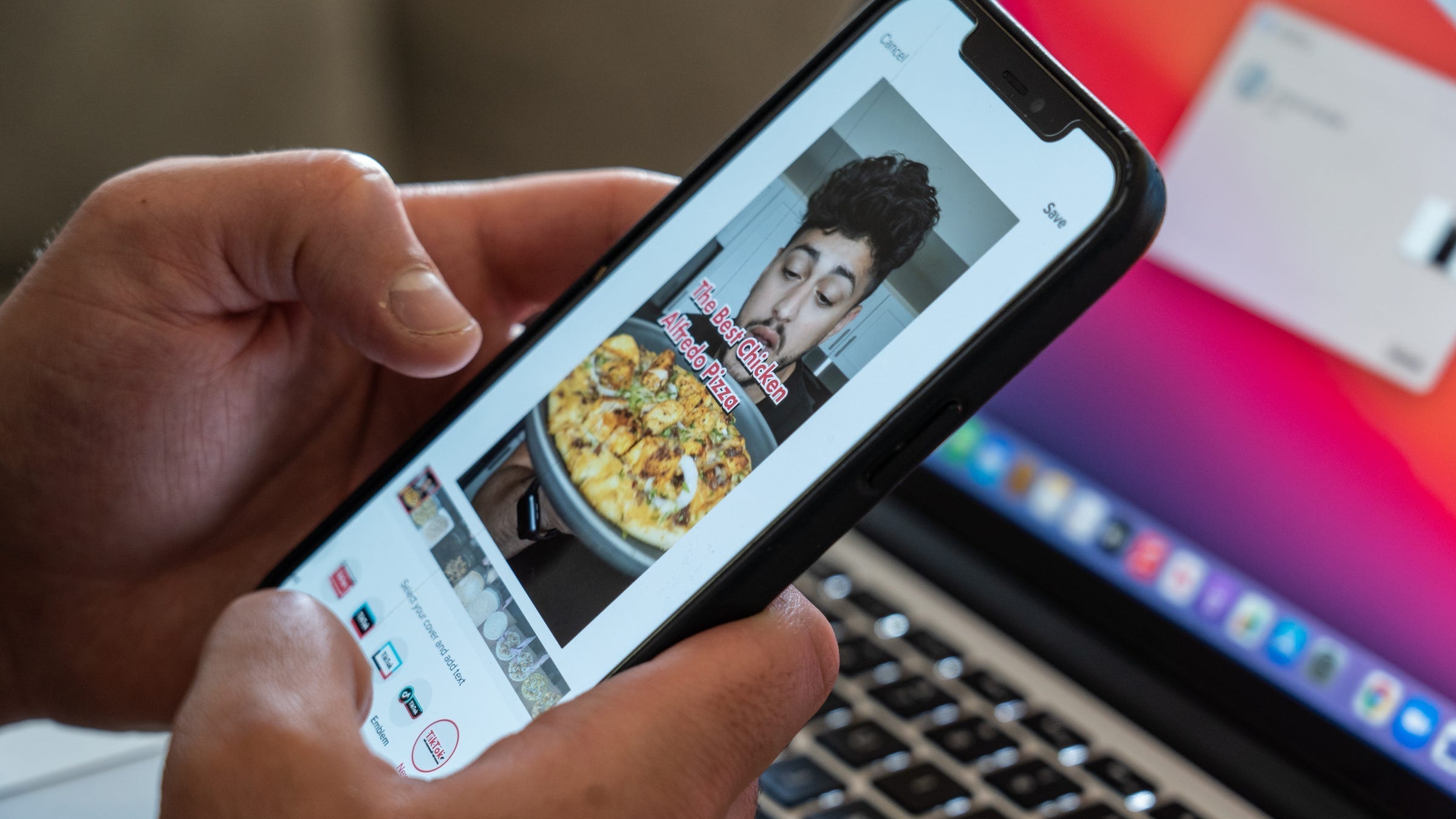
Gizmoposts24 has been closely following the developments surrounding TikTok’s ban in the United States. The social media platform, owned by Beijing-based ByteDance, has been unavailable to millions of American users since Saturday night, following a Supreme Court ruling that upheld a law banning the app due to national security concerns.
The ban was enacted after Congress passed a law last year, determining that TikTok had “well-supported national security concerns.” The Supreme Court justices upheld the ban on Friday, leaving TikTok with no legal options to continue operating in the US.
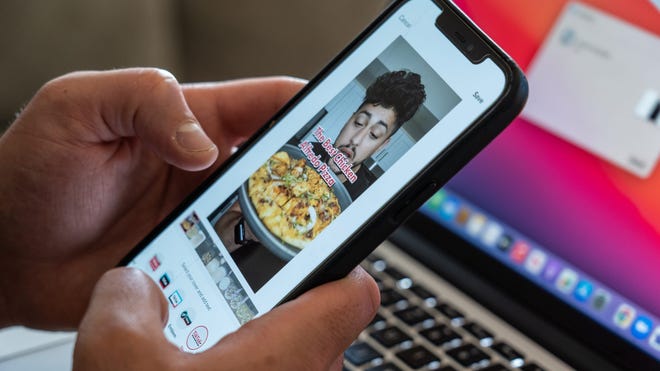
Why Was TikTok Banned?
The ban on TikTok is primarily due to concerns that its Chinese parent company, ByteDance, could manipulate content and gather sensitive data on American users. The US Congress passed a law banning TikTok due to these national security concerns, which were triggered by fears that the Chinese government could use the app to shape US opinion and gather data on American users.
The Supreme Court ruling has left TikTok with no legal options to continue operating in the US. However, some users have attempted to access TikTok using VPNs or other workarounds, but these efforts have been largely unsuccessful.
Impact on TikTok and Its Users
The ban has had a significant impact on TikTok and its users. The platform became unavailable to millions of American users, with a pop-up message restricting access to the platform. Users who attempted to access TikTok using VPNs or other workarounds were also unsuccessful.
The absence of TikTok has led to an increase in popularity of other short-form video apps like YouTube Shorts, Instagram Reels, and RedNote. Some users have expressed disappointment and frustration with the ban, while others have found alternative apps to fill the void.
Efforts to Reinstates TikTok
President-elect Donald Trump has expressed interest in “saving” TikTok and has planned to issue an executive order to temporarily halt the ban. Potential investors, including Elon Musk, Kevin O’Leary, and Frank McCourt, have also expressed interest in reviving TikTok’s US operations.
TikTok has shared optimistic messages with users, stating that they will work with President Trump to find a long-term solution. The platform has also thanked President Trump for providing necessary clarity and assurance to their service providers.
Practical Implications and Analysis
The ban on TikTok has significant practical implications for users and internet hosting services. While it is not illegal for users to access TikTok, internet hosting services and app stores that distribute the platform may face fines for non-compliance.
The ban has also affected millions of small businesses that rely on TikTok for advertising and marketing. The future of TikTok in the US remains uncertain, but efforts to revive the platform are underway.
TikTok’s Availability: Where Do We Stand?
As of Sunday afternoon, users reported a mix of accessibility, with some having full access to the platform on web browsers and in the mobile app. TikTok remained unavailable in the Apple App and Google Play stores as of Sunday afternoon.
TikTok has stated that they are working to restore service and have thanked President Trump for providing necessary clarity and assurance to their service providers. The platform has also shared optimistic messages with users, stating that they will work with President Trump to find a long-term solution.
Current Status
- TikTok remains unavailable in the Apple App and Google Play stores as of Sunday afternoon.
- Users reported a mix of accessibility, with some having full access to the platform on web browsers and in the mobile app.
App Store Availability
TikTok remains unavailable in the Apple App and Google Play stores as of Sunday afternoon. However, users can still access the platform on web browsers and through the mobile app.
Can You Get Around the US TikTok Ban?
Desperate fans hunted for workarounds, conferring on other social media platforms. VPNs, or virtual private networks, that hide your IP address and online activity by routing your internet traffic through a different location, were a bust for most people.
VPNs are often used in countries where the government blocks access to apps such as Iran. One popular VPN, NordVPN, said it was “experiencing temporary technical difficulties,” according to Reuters.
Why VPNs Didn’t Work
VPNs are designed to protect users’ online activity and location. However, in this case, VPNs failed to bypass the ban on TikTok. This is likely because the ban is enforced by the app stores, not the internet service providers.
Other workarounds like using the Tor browser, which allows people to use the internet anonymously by masking where their online traffic is coming from, also did not work.
Is TikTok Coming Back?
The platform shared an optimistic message with users Saturday: “We are fortunate that President Trump has indicated that he will work with us on a solution to reinstate TikTok once he takes office. Please stay tuned!”
The bill effectively banning the app says the platform would need to divest its US operations to keep running in the country. There has been speculation in recent days on potential investors, including Elon Musk, “Shark Tank”-famous investor Kevin O’Leary and former Dodgers owner Frank McCourt.
What Are Some TikTok Alternative Apps?
YouTube Shorts, operated by Google parent company Alphabet, offers both short-form videos under one minute and a “longer shorts” option for videos of up to three minutes.
Meta operates both Instagram Reels and Facebook Reels, where users can record and edit up to 90 seconds of video. Chinese app RedNote – which has a layout similar to Pinterest’s – has taken off in recent days as another TikTok alternative, jumping to the top spot on Apple App Store’s listing of free apps as of Saturday.
Short-form video app Clapper is also ranked among the Apple App Store’s top free apps as of Saturday. Triller, another short-form video app, has a similar layout but sits further down on the App Store’s list.
Is it Illegal to Access TikTok?
It is not illegal for users to access TikTok, even though the ban is technically still in place under federal legislation. However, the same is not true for internet hosting services and app stores that distribute the platform.
Under the Biden’s legislation, it became illegal for internet hosting services and app stores to distribute TikTok on Sunday. However, the post by TikTok Policy claims that internet hosting services will not be reprimanded for restoring the platform under Trump.
What are the Consequences of Non-Compliance?
- Internet hosting services and app stores that distribute TikTok may face fines for non-compliance.
- The federal legislation states that companies will be hit with $5,000 fines for each user they help access TikTok.
Conclusion
Conclusion: TikTok’s Uncertain Future in the US
In our latest update on the ongoing saga surrounding TikTok’s availability on US app stores, it’s become clear that the battle between the popular social media platform and the US government is far from over. Despite Trump’s executive order in 2020, which aimed to ban TikTok in the US, the app still remains unavailable on app stores like Google Play and Apple App Store. This development is rooted in a complex web of factors, including ByteDance’s efforts to demonstrate the app’s independence from the Chinese government, as well as concerns over national security and data privacy.
The implications of this situation are significant, with far-reaching consequences for both the US tech industry and global social media landscape. If TikTok is ultimately banned in the US, it could set a precedent for similar restrictions on other Chinese-owned apps, potentially stifling innovation and competition in the market. On the other hand, if the app manages to navigate the regulatory hurdles, it could become a model for international cooperation and data sharing, setting a new standard for the global tech industry.
As we move forward, it’s essential for consumers, policymakers, and tech companies to engage in an open and informed dialogue about the role of social media in our lives and the importance of protecting national security and data privacy. The fate of TikTok in the US serves as a reminder that the digital landscape is constantly evolving, and it’s up to us to shape its future. The question on everyone’s mind remains: will TikTok continue to defy the odds, or will its US journey come to an abrupt end? Only time will tell, but one thing is certain – the stakes are high, and the world is watching.
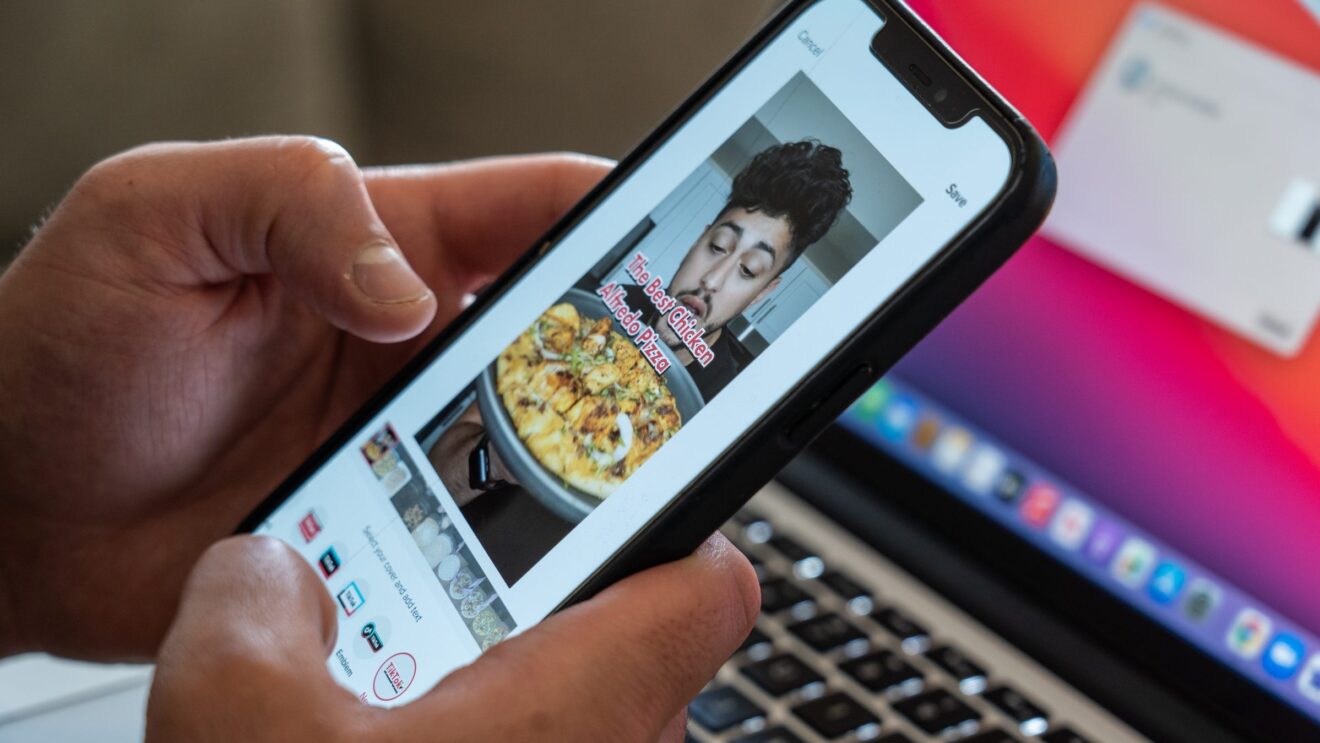
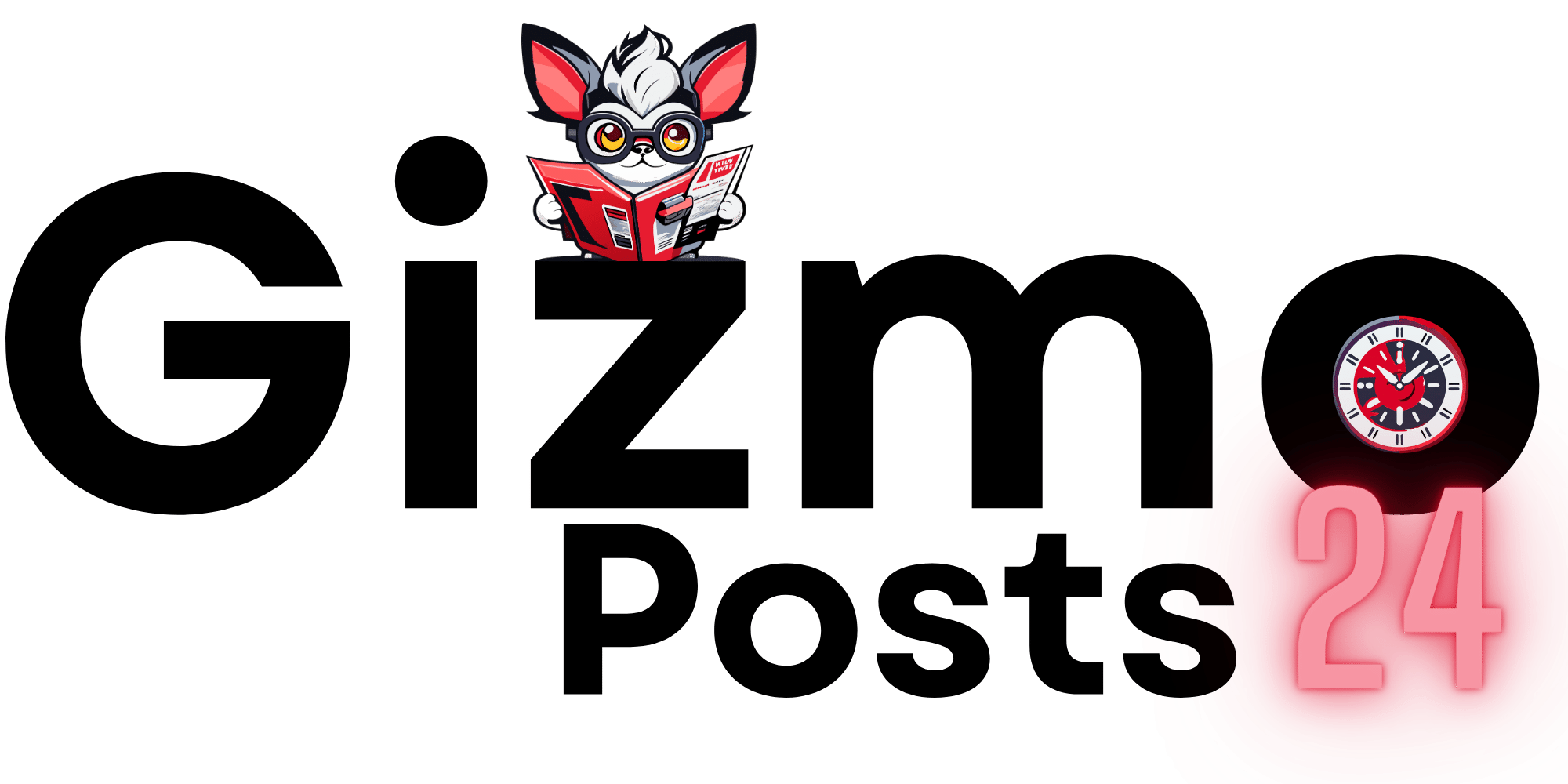
Add Comment